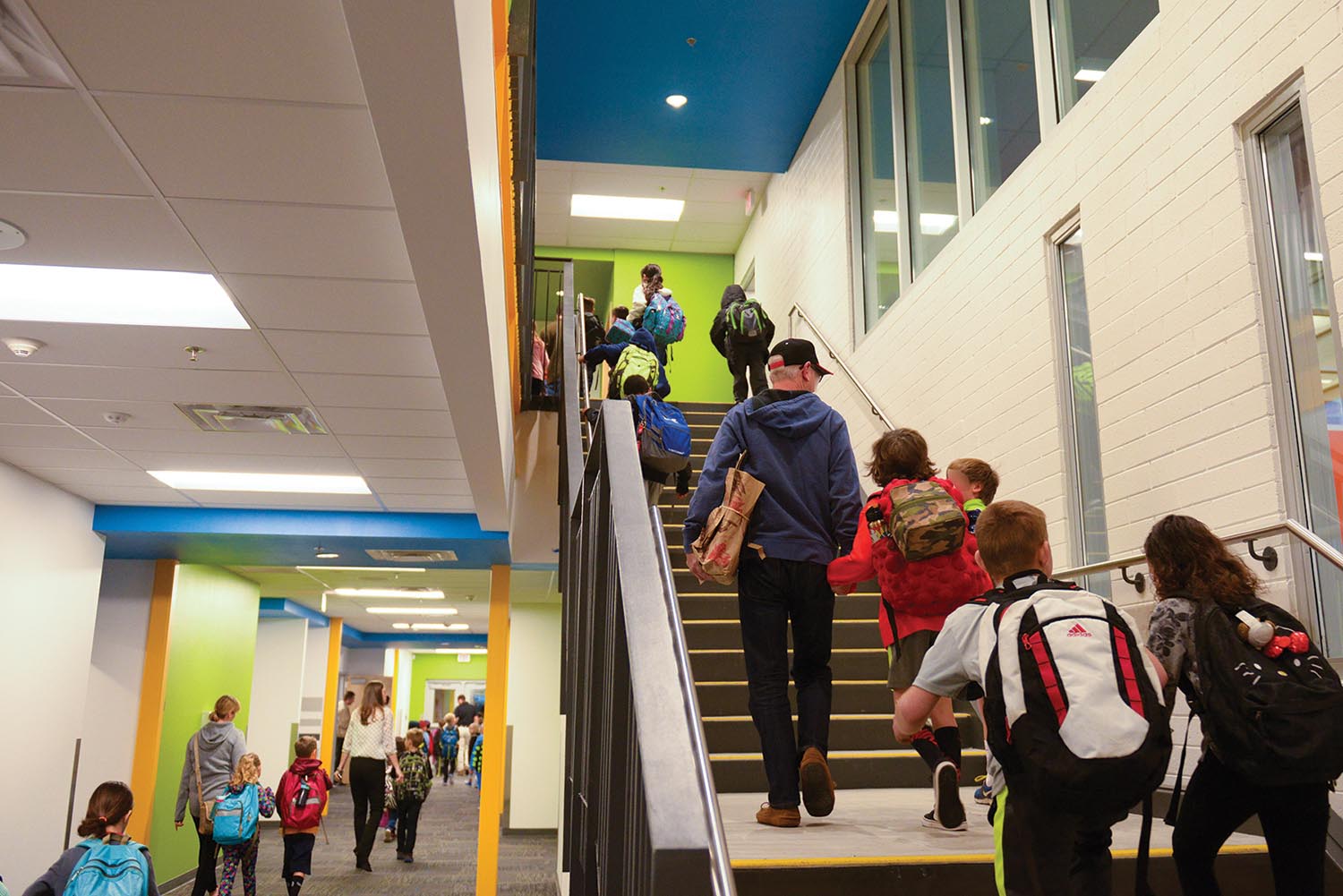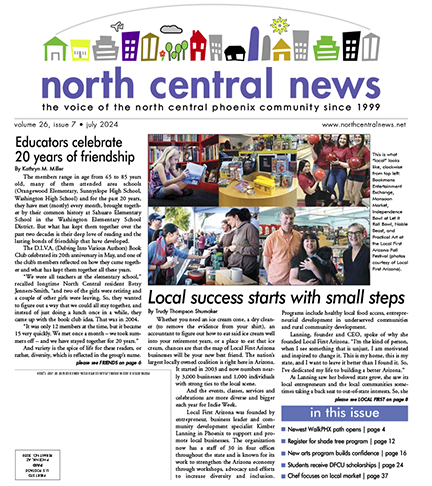
(photo courtesy of Madison School District)
The new school year begins in August, and, as many parents know, transitioning back to school can be challenging. To help parents and their students make that transition, Madison School District’s Student Services Department provided tips on how parents can talk to their children about anxiety and prepare them for the upcoming school year.
First, help children recognize and understand their emotional and physical reactions about returning to school. Some students may say they are anxious but might feel worried, excited, upbeat, blissful or jittery.
Also, having a mood meter to identify how they are feeling helps children label their emotions accurately. Add facial expressions of family or safe adults that the child connects with to help with labeling emotions.
In addition, parents can model labeling and identifying their own thoughts and feelings. This could look like sharing feelings about the start of the school year, what it feels like in their body, what it looks like on their face, what their brain was thinking and “telling them.” Then, ask the child to share the same and develop a plan in the future (such as what to say if a child walks into a classroom and is scared about where to sit).
Fourth, clarify the child’s thoughts and feelings in anxious situations. Ask them what they think. Depending on the child’s age, these statements will vary. Ask “How are you feeling about school,” “I see/notice that packing your bag for school is troubling for you, how do you feel and what can I do to help?” Support morning transitions by saying “I know you are frightened to leave home. At school, you have a caring adult who will support you. When you return, we can talk about your day. We can talk about what you liked, disliked and how you felt about the day. We can share what we need to feel like our best selves.” Practice the school routine and provide verbal support for children.
Finally, develop plans for effective coping. What does the morning routine look like? What does the return home routine look like? Sometimes students who engage in deep breathing or mindful breathing are able to regulate their physical reactions to stressful situations. Sometimes breathing does not work. Identify alternative opportunities to expand coping in the moment.









































